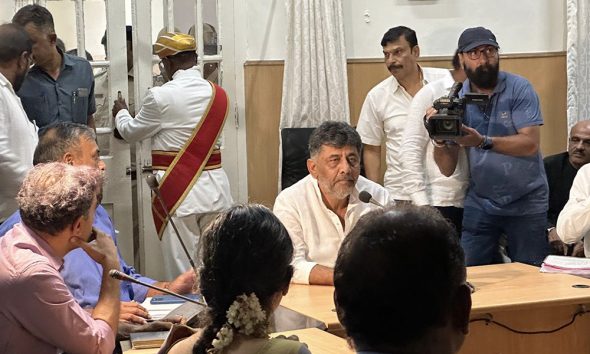October 2024


Subscribe to receive the latest OOH
industry updates

The Agency has been working with the Advertiser since 2012.

Rana Barua, Group CEO, Havas India, South East & North Asia (Japan & South Korea) Havas Group – India has...

Unilever has finalised its global media review, reappointing WPP's Mindshare in key markets such as the US, UK, and China....

Hero Cycles has selected Efficacy Worldwide as its Agency of Record, following a competitive multi-agency pitch, marking a new direction...

The account was previously with IPG Media brands who will continue to manage Amazon's global media for Amazon Web Services,...

As the festive season approaches, Saket Agarwal, General Manager of Brand and Marketing at D'Decor, reveals how brands are harnessing...

With insights from Siddharth Anand Jha, Senior General Manager of Marcom, Havells India highlights its strategic approach to consumer engagement...

Goldee Patnaik, Vice President of India Marketing at itel Mobile, shares how innovations are reshaping OOH advertising and why strategic...

Abhinav Iyer, Sr General Manager - Marketing & Strategy, Muthoot Finance in an interview with Rajiv Raghunath. Edited excerpts

The Corporate Anthem, an adaptation of the iconic Musical Logo (MOGO), composed by BrandMusiq, resonates with the Bank’s core values...

Denise Turner, CEO, Route (which provides audience metrics for OOH advertising in the UK) explains why outcomes need reliable inputs;...

This partnership is a pivotal to Alchemy Media’s growth strategy, automating and managing the business processes of their extensive portfolio...

Praveen Vadhera, CEO of Indian Outdoor Advertising Association (IOAA) talks about the apex body’s plans for the audience metrics platform...

Annie Rickard, Manging Partner of OOH Capital, steers a panel discussion on "Why Automate and Why Now?", with Ben Milne,...

Lindsay Rapacchi, Research and Insight Director at Clear Channel Outdoor reveals the power of reach and targeting in brand growth...









RoshanSpace Brandcom in collaboration with Indian Outdoor Advertising Association (IOAA) marks 'Peace Day' with a symbolic flame across ProDigi screens

Art for facilitating positive social, economic, and ecological change

A large scale campaign is appearing throughout September across 35 Ocean Outdoor roadside and city retail screens in six cities...

Seaworthy Collective and Ballyhoo Media have a shared mission to protect and regenerate the ocean through innovation, education, and advocacy.

Over 500 delegates attending OAC 2024 took the Green Pledge administered by noted film personality Manoj Joshi, just before his...


